Home

Childproofing

The Ultimate Guide to Childproofing Your Home
In this Article
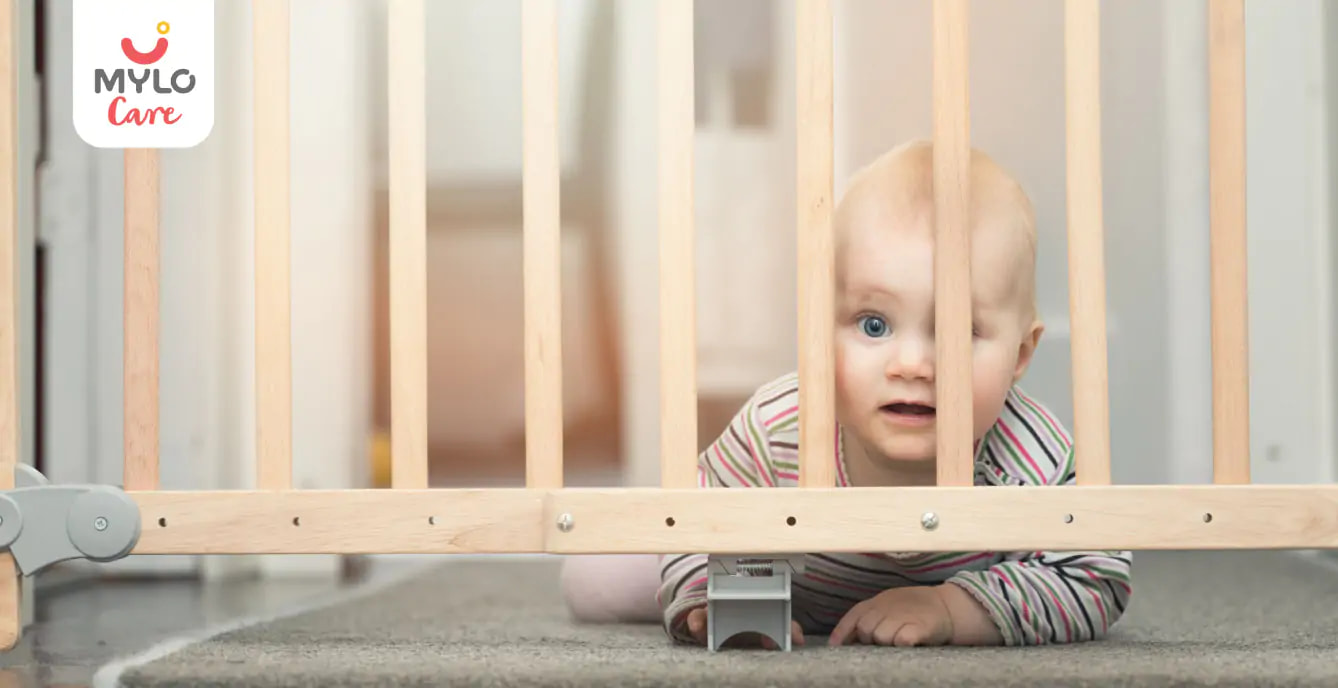
Childproofing
The Ultimate Guide to Childproofing Your Home
Updated on 14 July 2023
As parents, the safety and well-being of your children is always your top priority. One of the most important steps we can take to ensure our children's safety is by childproofing our homes. But with so many potential hazards in our homes, it can be overwhelming to know where to start. That's why we've put together The Ultimate Guide to Childproofing Your Home.
In this guide, we will discuss the risks and dangers for babies and toddlers inside the home, provide a room-by-room baby proofing checklist, suggest the best baby proofing products for each room, share tips and tricks for cost-effective DIY baby proofing solutions, and highlight common mistakes to avoid.
What is Childproofing?
Childproofing your home involves taking measures to make your home environment safe for your child. It is essential to keep in mind that babies and toddlers are curious and naturally inclined to explore their surroundings. This can lead to accidents and injuries, which is why babyproofing is necessary.
The goal of babyproofing is to prevent accidents and injuries that could occur due to potential hazards in your home. Babyproofing can be done in a variety of ways, including securing furniture and appliances, installing safety gates, covering electrical outlets, and using cabinet locks.
Risks for Babies and Toddlers Inside the Home
There are many risks and dangers that can be found within the home for babies and toddlers. Understanding these risks is critical in identifying potential hazards and taking appropriate measures to avoid them. Some of the most common risks and dangers include:
- Falls are one of the most common causes of injury in babies and toddlers. This can happen due to unsecured furniture or appliances, stairs, or balconies.
- Burns and scalds can occur due to hot surfaces, liquids, or appliances.
- Small objects, toys, or loose bedding can pose a choking or suffocation hazard for babies and toddlers.
- Chemicals and medications should be kept out of reach of children to prevent poisoning.
- Electrical outlets, cords, and appliances can pose a risk for electrical shock.
Baby Proofing Checklist: A Room-by-Room Guide
Babyproofing your home can be overwhelming, but creating a checklist could make it easier for you to remember what needs to be done in each room. Here is a room-by-room guide for you to follow:
1. Kitchen
The kitchen can be one of the most dangerous rooms in the house for babies and toddlers. Here are some of the things to consider when babyproofing your kitchen:
- Install safety latches on your cabinets and drawers to keep sharp objects, cleaning supplies, and other dangerous items out of reach.
- Use stove knob covers to prevent children from turning on the burners or ovens.
- Secure your refrigerator and freezer with appliance locks.
- Move dangerous appliances, such as blenders and food processors, out of reach of children.
- Make sure that all electrical outlets are covered.
You may also like: Signs That Your Baby Will Walk Soon
2. Living Room
The living room is where families spend most of their time together. Here are some tips on how to babyproof your living room:
- Use corner guards on sharp edges of furniture.
- Secure your TV and other electronics to prevent them from falling.
- Cover electrical outlets.
- Use baby gates to block off dangerous areas, such as stairs.
3. Bedroom
The bedroom is where your baby will spend most of their time sleeping. Here are some things to consider when babyproofing your baby's bedroom:
- Use a crib that meets current safety standards.
- Remove any loose bedding or toys from the crib to prevent suffocation.
- Install window guards or window stops to prevent falls.
- Use a baby monitor to keep an ear on your baby.
You may also like: Are baby monitors safe or dangerous for your little one?
4. Bathroom
The bathroom can be particularly hazardous for babies and toddlers. Here are some tips on how to babyproof your bathroom:
- Keep all medications, razors, and other dangerous items out of reach.
- Use a non-slip mat in the bathtub or shower.
- Install toilet locks to prevent drowning hazards.
- Cover electrical outlets.
Best Baby Proofing Products for Your House
There are many baby proofing products available on the market. Here are some of the best baby proofing products for your home:
1. Cabinet Locks
Cabinet locks can keep dangerous items out of reach.
2. Stove Knob Covers
Stove knob covers prevent children from turning on burners or ovens.
3. Appliance Locks
Appliance locks can secure your refrigerator and freezer.
4. Corner Guards
Corner guards can protect your child from sharp edges.
5. TV Straps
TV straps can prevent the TV from falling.
6. Baby Gates
Baby gates can block off dangerous areas, such as stairs.
7. Crib
A safe crib is essential for your baby's safety.
8. Baby Monitor
A baby monitor can help you keep an ear on your baby.
9. Non-slip Mat
A non-slip mat can prevent slipping in the bathtub or shower.
10. Toilet Locks
Toilet locks can prevent drowning hazards.
DIY Baby Proofing: Tips and Tricks for Cost-effective Solutions
If you're on a tight budget, there are many cost-effective DIY baby proofing solutions that you can try. Here are some tips and tricks:
- Use pool noodles to cushion sharp edges.
- Use duct tape to cover electrical outlets.
- Use tension rods to block off dangerous areas.
Common Mistakes to Avoid When Baby Proofing Your Home
While baby proofing your home, it is essential to avoid common mistakes that could put your child's safety at risk. Here are some common mistakes to avoid:
- Assuming that your child is safe without supervision.
- Failing to secure heavy furniture and appliances to prevent tipping.
- Underestimating the importance of covering electrical outlets.
- Using outdated or unsafe baby gear.
You may also like: Here’s a List of a Lot of Things That You Need to Know When Your Baby Starts Rolling Over
When to Start Baby Proofing and How to Adapt as Your Child Grows?
It is never too early to start baby proofing your home. As soon as your baby starts crawling, they are at risk of injury. As your child grows, their needs change, and you may need to adapt your baby proofing measures. Make sure to update your baby proofing as your child grows and becomes more curious and mobile.
You may also like: Baby Milestones: A Week-By-Week Guide to Your Baby’s Development in the First Year
Conclusion
Childproofing your home can be a daunting task, but it is crucial to keep your child safe from potential hazards. Follow our room-by-room baby proofing checklist, use the best baby proofing products, and take advantage of cost-effective DIY solutions. Remember, by taking these precautions, you can ensure a safe and secure home environment for your child.
References
1. Dao A, McMullin J. (2019). Unintentional Injury, Supervision, and Discourses on Childproofing Devices. Med Anthropol.
2. Ablewhite J, McDaid L, Hawkins A, Peel I, Goodenough T, Deave T .(2015). Approaches used by parents to keep their children safe at home: a qualitative study to explore the perspectives of parents with children aged under five years.



Written by
Priyanka Verma
Priyanka is an experienced editor & content writer with great attention to detail. Mother to an 11-year-old, she's a ski
Read MoreGet baby's diet chart, and growth tips

Related Articles
Related Questions
Influenza and boostrix injection kisiko laga hai kya 8 month pregnancy me and q lagta hai ye plz reply me

Hai.... My last period was in feb 24. I tested in 40 th day morning 3:30 .. That is faint line .. I conculed mylo thz app also.... And I asked tha dr wait for 3 to 5 days ... Im also waiting ... Then I test today 4:15 test is sooooo faint ... And I feel in ma body no pregnancy symptoms. What can I do .

Baby kicks KB Marta hai Plz tell mi

PCOD kya hota hai

How to detect pcos

Related Topics
RECENTLY PUBLISHED ARTICLES
our most recent articles
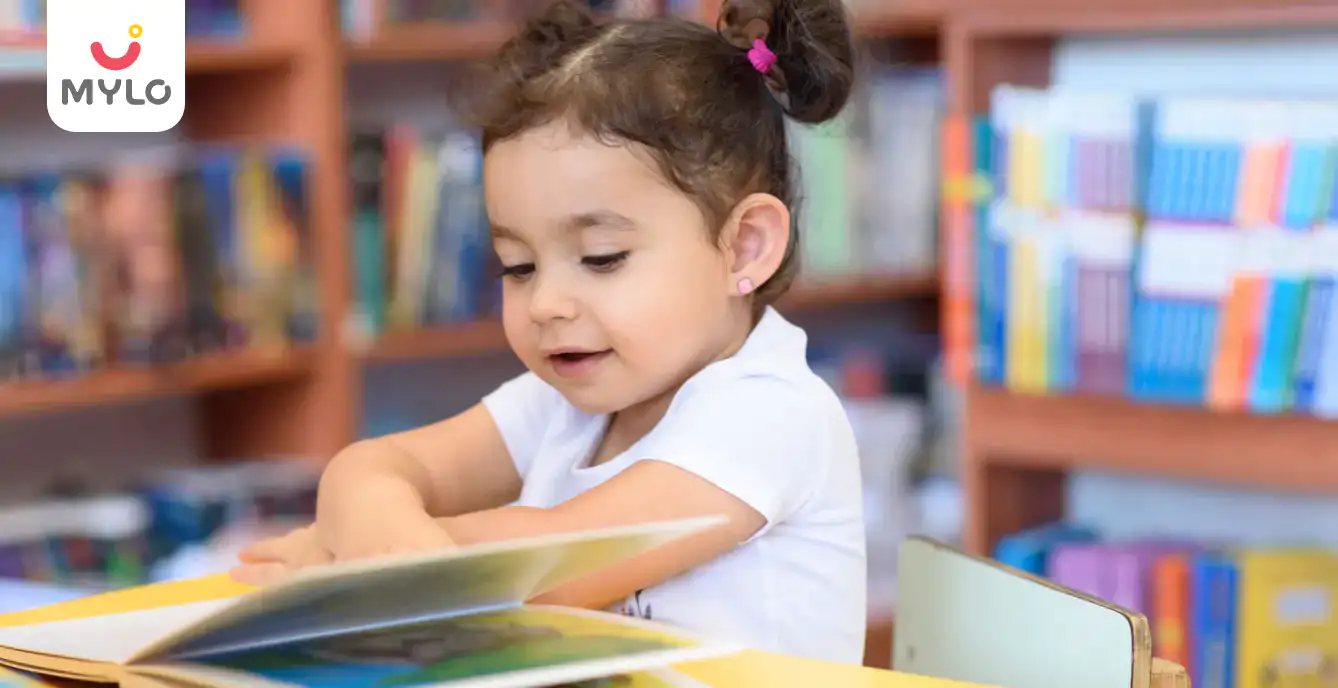
Books
Start Their Love for Reading Early: The Best Books for Baby's First Library

Illnesses & Infections
CMPA (Cow's Milk Protein Allergy): Identifying Symptoms and Understanding Treatment
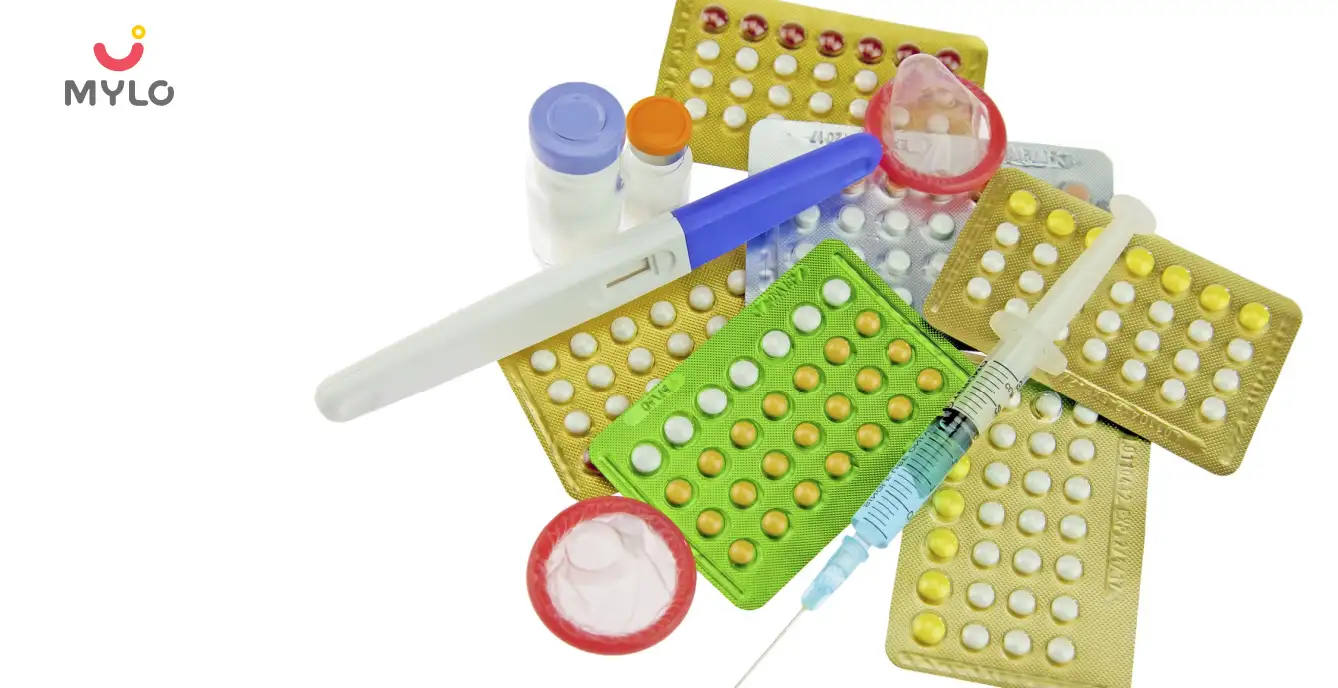
Contraceptive
Birth Control Options While Breastfeeding: Balancing Parenthood and Contraception
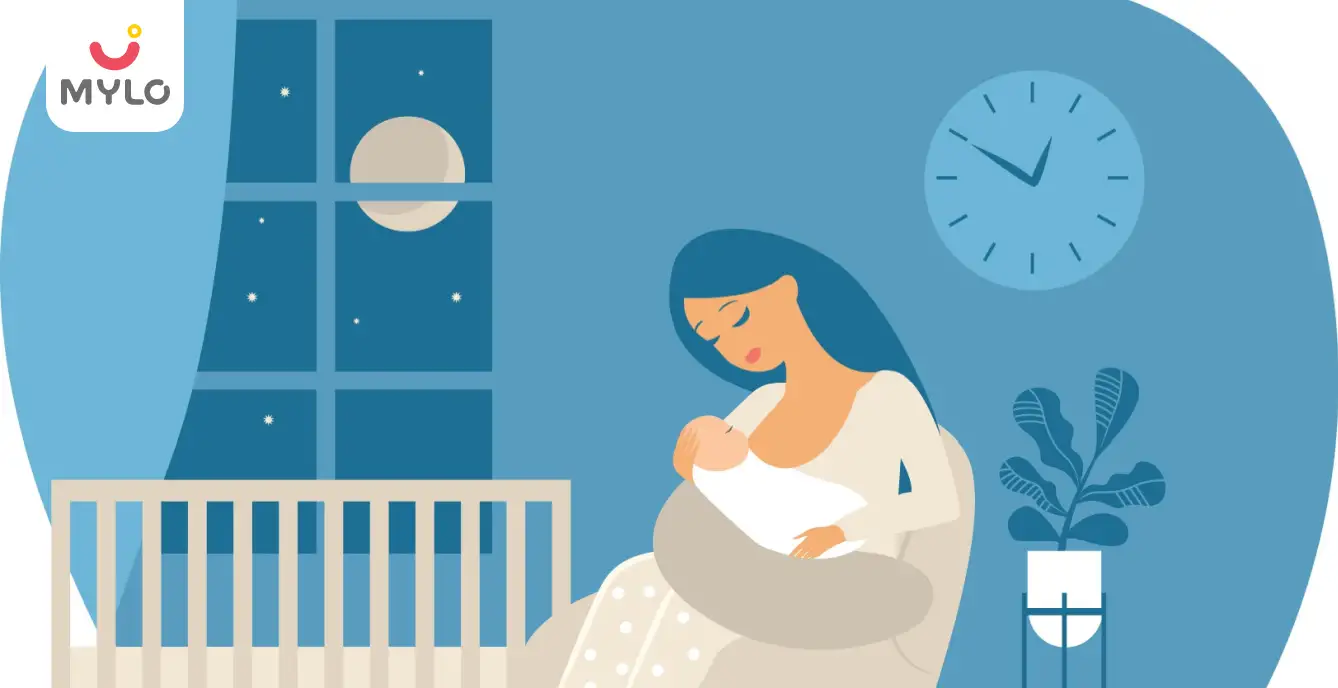
Periods
Period During Breastfeeding What Every New Mother Should Know
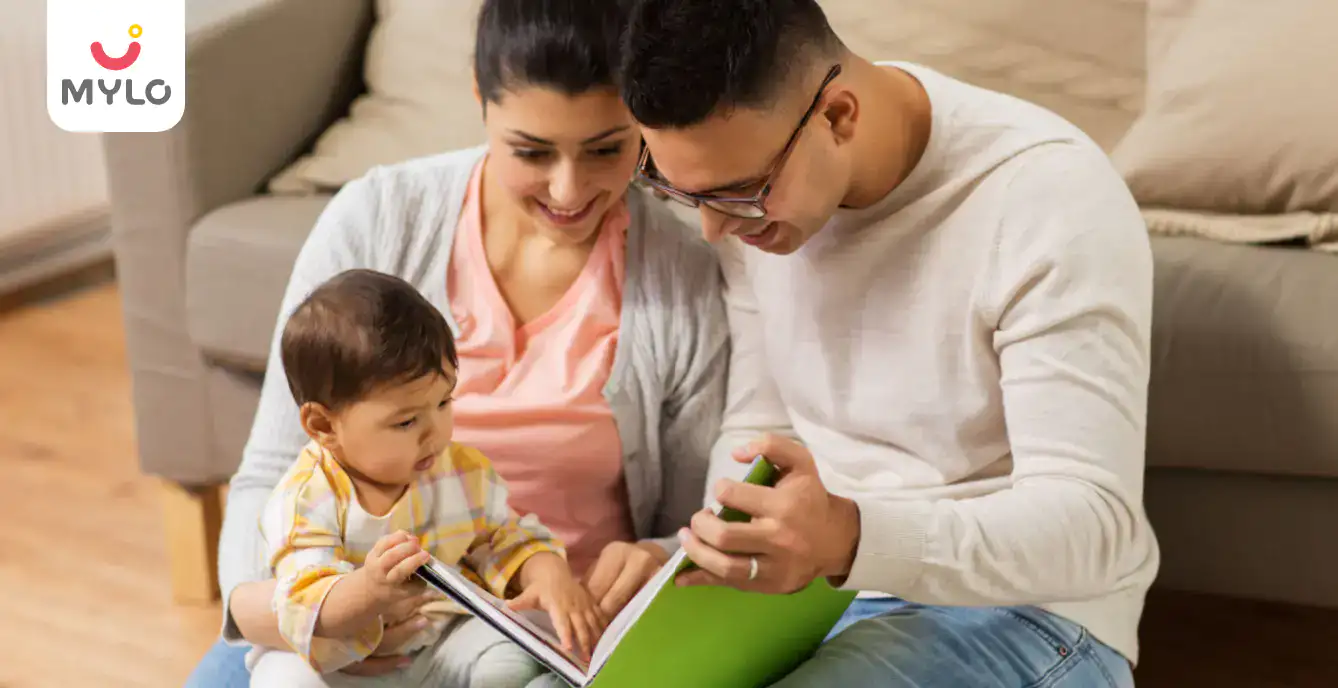
Brain Development
Role of Stories and Rhymes in Your Baby’s Brain Development
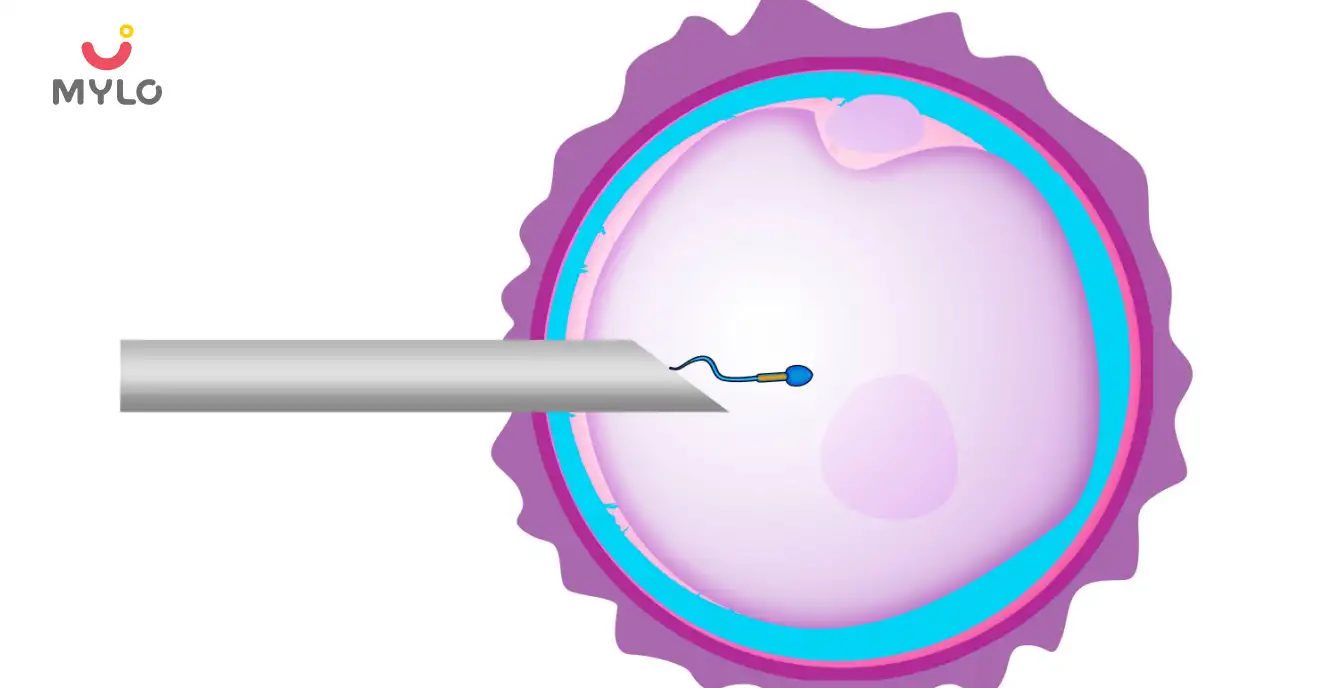
Male Infertility
Intracytoplasmic Sperm Injection (ICSI) How It Can Help Treat Male Infertility
- Baby Sleeping While Breastfeeding: Understanding the Causes and Solutions
- Lump in Breast During Breastfeeding How to Identify, Treat, and Prevent Lump Formation
- Understanding Down Syndrome: A Comprehensive Guide for Parents
- No Breast Milk After Delivery: What to Do & What are the Factors Responsible
- Lactation Failure: A Comprehensive Guide to Understanding the Causes and Solutions
- Breast Pain During Pregnancy: What to Expect and How to Find Relief
- Baby Spit Up: The Ultimate Guide to Causes, Prevention, and Management
- Unexplained Infertility: Breaking Down the Factors and Finding Solutions
- Mulethi: Unraveling the Therapeutic Potential of Licorice Root for Your Overall Health
- 5 Steps to a Healthy Lifestyle: The Blueprint for Your Wellness Journey
- Chandraprabha Vati: How This Potent Ayurvedic Formulation Can Boost Your Health
- Trichomoniasis: Meaning, Symptoms, Causes and Risks
- Gallstones in Pregnancy: Symptoms, Complications & Treatment
- Fertility Massage: A Holistic Approach to Boosting Fertility Your Chances of Conception


AWARDS AND RECOGNITION

Mylo wins Forbes D2C Disruptor award

Mylo wins The Economic Times Promising Brands 2022
AS SEEN IN
















- Mylo Care: Effective and science-backed personal care and wellness solutions for a joyful you.
- Mylo Baby: Science-backed, gentle and effective personal care & hygiene range for your little one.
- Mylo Community: Trusted and empathetic community of 10mn+ parents and experts.
Product Categories
baby carrier | baby soap | baby wipes | stretch marks cream | baby cream | baby shampoo | baby massage oil | baby hair oil | stretch marks oil | baby body wash | baby powder | baby lotion | diaper rash cream | newborn diapers | teether | baby kajal | baby diapers | cloth diapers |








